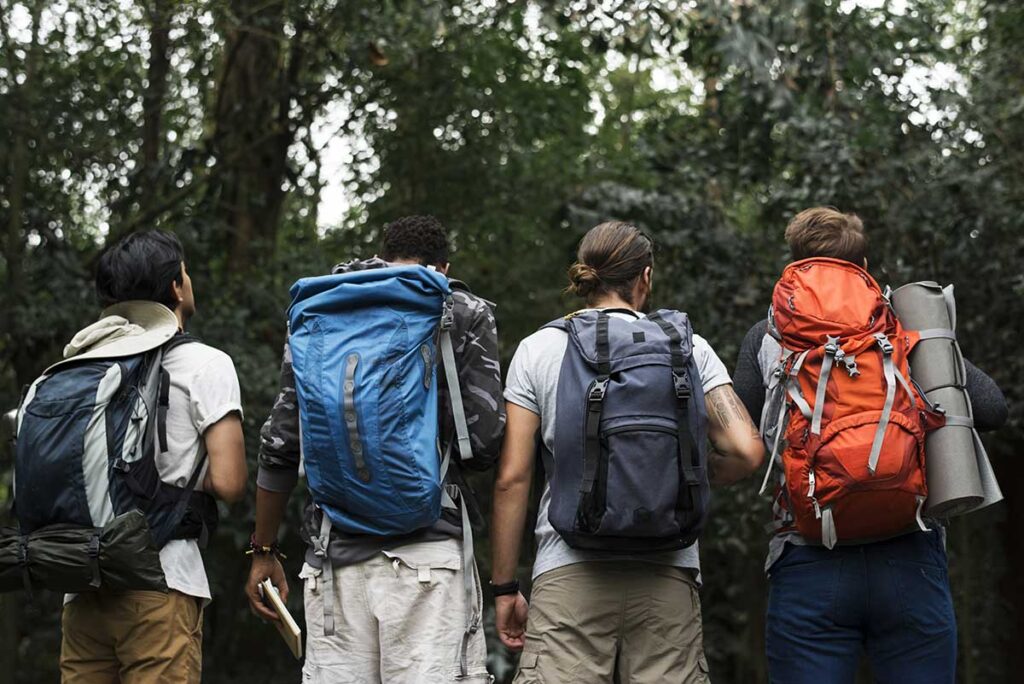What is a Backpacker?

A clear guide to understanding the essence, practice and culture of backpacking.
Definition, History, and Philosophy
A backpacker is a person who prioritizes autonomy, itinerary flexibility, and local encounters, carrying only the essentials. It's not just about saving money, but about choosing a way of experiencing the world based on simplicity, curiosity, and personal learning. Being a backpacker, as summarized in the phrase: "Being a backpacker is moving lightly to be closer to the people, nature, and stories of the road," implies a clear philosophy: Lightness to decide as you go, Respect for local customs and the environment, active Exchange (learning and contributing), Self-management that combines basic planning with improvisation, and conscious Safety. Modern backpacking routes, which emerged in the mid-20th century, have become safer and more organized with the advent of the internet, giving rise to classic corridors in regions such as Southeast Asia, Patagonia, and Central America.
Profile and Types of Backpackers
The backpacker's profile has no fixed age or budget, but is characterized by seeking authentic experiences, enjoying nature, and being open to coexisting in simple environments such as shared dormitories and kitchens. This travel style is diversified into several types, according to their main focus: the Classic, who seeks extensive routes with public transportation and maximum flexibility; the Mountain, who prioritizes trails and volcanoes, watching the weight of the equipment; the Cultural, focused on museums, markets, and traditions; the Digital/mixed, who combines remote work with long stays at a backpacking pace; and the Coastal, who links beach towns, waves, and snorkeling. In any case, the most common accommodation is bunks and shared dormitories with lockers, where a social environment is generated to organize hikes and excursions. It is crucial to check reviews, respect the night silence, and maintain order in the common areas.
Equipment, Budget, and Rules
The basic equipment focuses on a main Backpack of 40–60 L (with a waterproof cover) and a daypack, breathable layers of clothing, comfortable footwear, water purification systems (reusable bottle and filter/tablets), headlamp/flashlight, basic first-aid kit, and a padlock. The Power Bank, universal adapter, and digital copies of documents are also essential. The Golden Rule: less is more, governs equipment choice. Regarding budget, being a backpacker is not about spending little, but about spending where it adds value (experiences and safety), optimizing daily transportation and food. This means choosing shared dormitories and long stays, cooking at local markets, using local buses, and hiring certified guides for risky activities, always comparing insurance policies for adequate medical coverage.
Planning and Responsibility
Planning a route involves Defining the objective (nature, culture, or coast), Researching seasons (rain, festivities), Tracing a flexible itinerary leaving room for the unexpected, Reserving essentials (first nights and limited spots) and Preparing documentation and insurance. Responsible travel demands Leaving only footprints (not extracting flora/fauna and returning with trash), making conscious use of water and energy, encouraging Local purchasing (artisans and community operators), demonstrating Cultural respect (asking permission for photos and dressing accordingly) and, in general, traveling in Small groups for less impact. In terms of safety, it is vital to share the route plan, check the weather and trail status, stay hydrated, use certified guides on technical routes and always use lockers.
Myths and Conclusion
Common myths exist: "Being a backpacker means traveling without money" (Reality: it's about better budget management, not dispensing with safety); "It's always improvised" (Reality: the informed backpacker plans the important things and leaves room for the rest); and "It's only for young people" (Reality: the determining factor is attitude, not age). For example, in mountain areas, hostels function as a fundamental meeting point for organizing group outings and obtaining up-to-date information. In conclusion, being a backpacker is a way of looking and moving: lightly, respectfully, and open to the unexpected. The person carrying a backpack seeks to connect with nature, understand the local culture, and return with perspective, friendships, and learnings that last.
Final advice: take care of your surroundings and support local projects. The road takes care of the rest.
